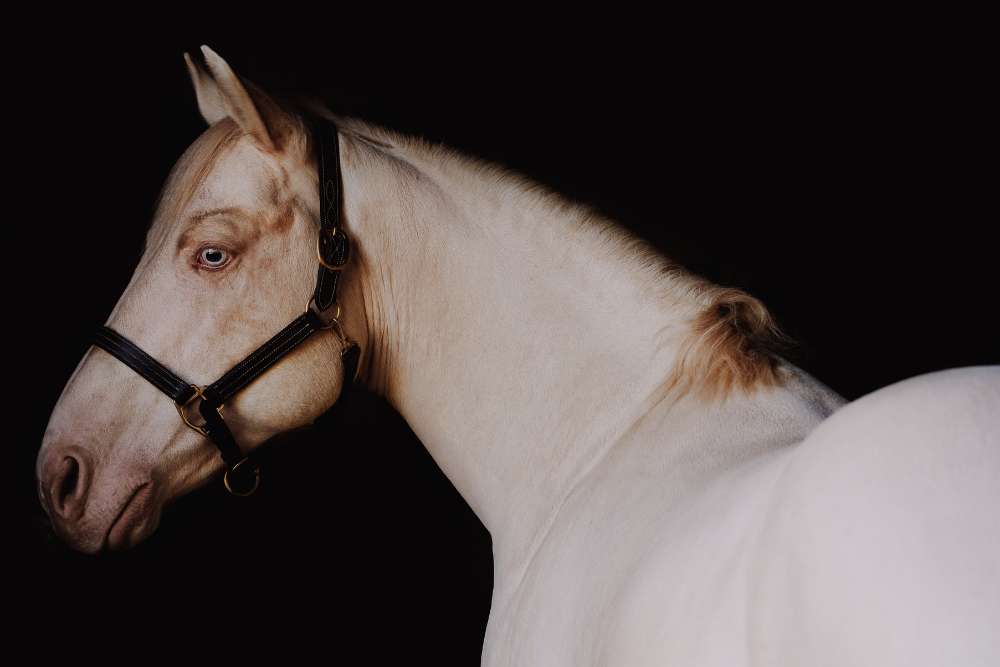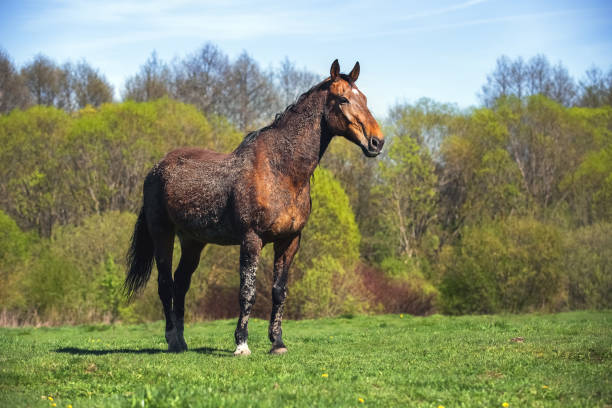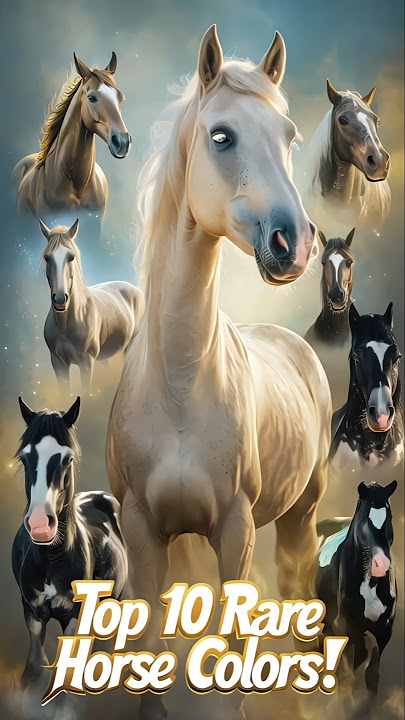Unusual Horse Colors and Markings

Horses come in a stunning variety of colors and patterns, but some are truly rare and unusual, captivating horse enthusiasts and breeders alike. This article explores these unique horse colors and markings, explaining their origins, genetics, and significance.
Rare Horse Colors

| Color Name | Description | Genetic Basis |
|---|---|---|
| Cremello | A pale cream color with blue eyes, caused by double dilution of the chestnut gene. | Double cream dilution gene |
| Perlino | Similar to cremello but with a slightly darker mane and tail, also blue-eyed. | Double cream dilution gene |
| Smoky Black | Appears black but genetically carries a single cream dilution gene. | Single cream dilution gene |
| Champagne | A golden or amber coat with a metallic sheen and light eyes. | Champagne dilution gene |
| Silver Dapple | A chocolate or black base coat lightened by the silver gene, often with a flaxen mane and tail. | Silver gene |
Unusual Markings

- Bend-Or Spots: Small, dark spots scattered over a palomino or chestnut coat.
- Rabicano: White hairs mixed into the base coat, often around the flanks and tail.
- Medicine Hat: A pattern where the horse has a mostly white face with a colored patch over the ears, resembling a hat.
Genetic Factors Behind Unusual Colors
Many unusual horse colors result from specific genetic mutations or combinations. Understanding these genetics helps breeders predict and preserve rare colors. For example, the cream gene dilutes red and black pigments, creating colors like palomino, buckskin, and cremello.
Importance of Unusual Colors and Markings
Unusual colors and markings not only make horses visually striking but also play a role in breed standards and registration. Some breeds, like the American Paint Horse, value distinctive markings highly. Additionally, rare colors can increase a horse’s value and appeal.
Frequently Asked Questions (FAQ)
Q: Are unusual horse colors linked to health problems?
A: Most unusual colors are purely cosmetic and do not affect health, but some genetic conditions linked to coat color, like lethal white syndrome, require caution.
Q: Can all horse breeds have unusual colors?
A: While many breeds can exhibit unusual colors, some colors are breed-specific due to genetic restrictions.
Q: How can I identify a horse’s unusual color?
A: Identification involves understanding the base coat color, dilution genes, and unique markings, often with the help of genetic testing.
This detailed overview highlights the fascinating world of unusual horse colors and markings, offering insights into their beauty and genetic background.
